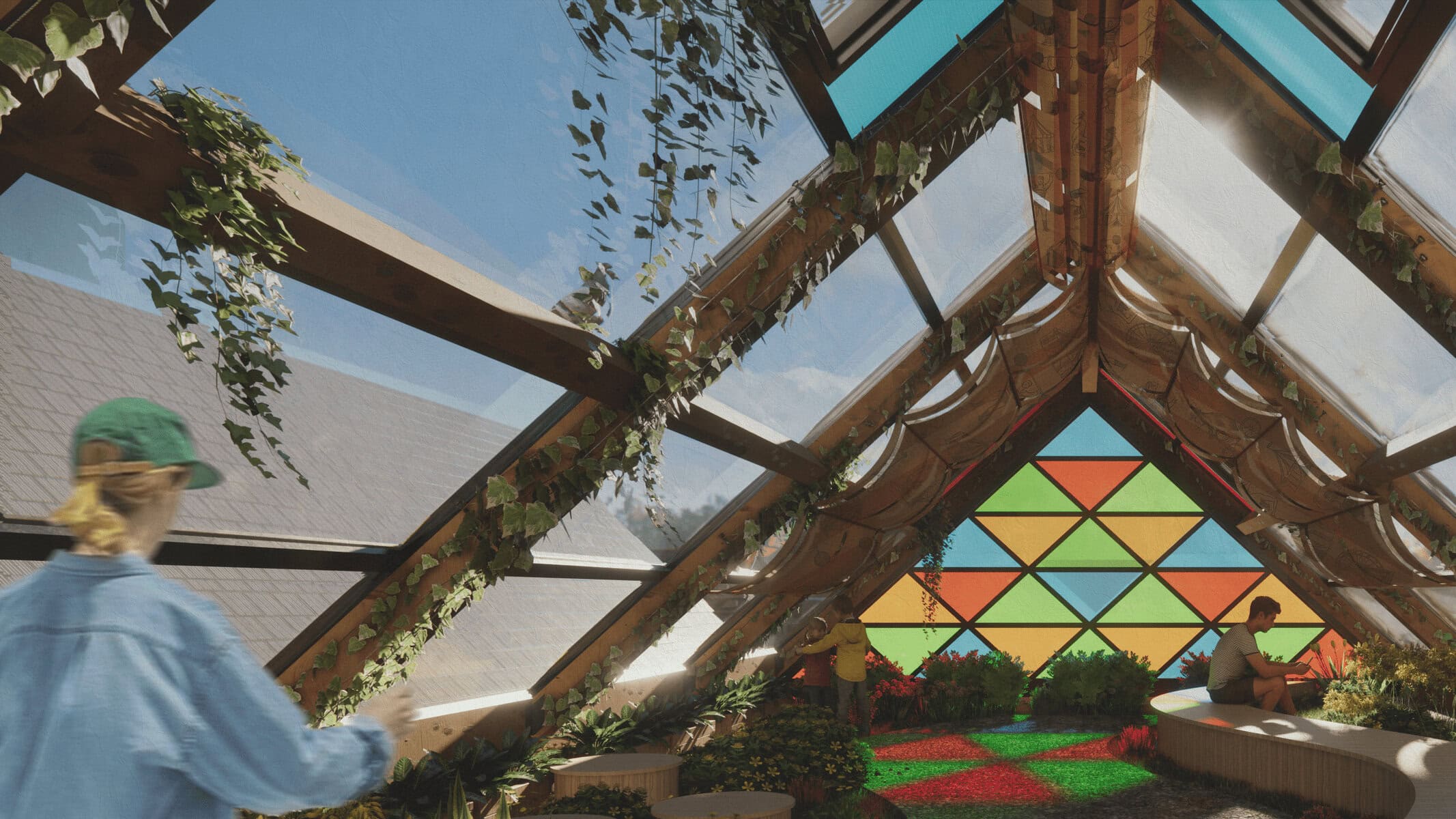Nexus Tomorrow: Reimagining Post-Apocalyptic Manchester with Winston Leung
A Visionary Pathway for Urban Renewal Beyond the Fallout
In a world where architects grapple with urgent, real-world crises, from climate change to post-pandemic cityscapes, design has never felt more vital—nor more imaginative. Among this new generation of visionaries is Winston Leung, a recent Part II graduate and emerging architectural talent, whose work pushes boundaries while tackling the existential threats of our time. In his ambitious group thesis project, “Nexus Tomorrow,” Winston explores how cities might heal and adapt in the unthinkable aftermath of a nuclear apocalypse, offering a provocative vision for Manchester’s civic revival.
Emergence from the Underground: Designing for Survival and Connection
“Nexus Tomorrow” isn’t architecture as usual. Set in an imagined Manchester, bruised but not beaten by nuclear fallout, the project envisions a protected elevated walkway weaving through the battered urban fabric. This infrastructure is no mere shelter. It’s a lifeline—a connective thread allowing survivors, just emerged from bunkers, to reclaim shared public life and reengage with the transformed city.
The inspiration? Winston’s commitment to architecture’s social dimension and his desire to strengthen human connections in moments of profound rupture. The walkway acts both as spine and sanctuary: covered yet open, elevated but accessible, providing a safe corridor for movement while supporting essential public programs above and beyond the desolate streets. The sectional strategy enables nuanced spatial layering: commercial kiosks, rest zones, micro-greenhouses, and civic gathering spots occupy niches along the path, repurposing what remains of Manchester’s infrastructure.
Uniting Robustness and Adaptability: The Details of Nexus Tomorrow
Distinctive not just in concept but execution, the Nexus Tomorrow project stands out for its rigorous computational approach, a skill Winston continues to refine post-graduation. Using parametric tools, the design adapts to variable conditions such as radiation levels, wind patterns, and surviving transport lines—a testament to the potential of digital design in speculative futures. The elevated path flexes and branches, guided by both practical logistics and community needs, echoing Manchester’s historical viaducts but reimagined for a fragile new age.
The structure’s protective envelope is engineered from modular, blast-resistant composites sourced through a narrative of recycled urban materials—a nod to circular economies even in dystopian times. The walkways integrate solar panels and passive ventilation systems, ensuring independence and sustainability when conventional utilities might have failed. All of this, Winston insists, is in service of “not just survival, but dignity—a space where people can find hope, commune, and begin to reconstruct meaning together.”
An Engaged, Multi-Layered Public Realm
But Nexus Tomorrow’s power is more than technical. It lies in its social insight. Winston and his group reimagine the ‘high street’ as a sky street, where essential programs—food distribution, healthcare stations, learning pods—are embedded within the path. The design invites both daily continuity and ritual reunion: places for collective memory and spontaneous encounter, built into the trajectory that re-stitches city and society.
The project garnered recognition within the academic community for its inventive spatial choreography and imaginative resilience. It’s an exemplar of how speculative design can interrogate harsh futures yet still inspire optimism through spatial generosity and urban empathy.
Blurring Scales: From the City to the Individual
The experience of Nexus Tomorrow is choreographed to move from the macro to the intimate—large gestures of urban connection funneled into individual moments of repose or reflection. Rest stops offer pockets of quiet, framed by resilient plantings and artworks recovered from the city’s past, fostering a sense of memory even in a radically altered context.
“Architecture isn’t just about buildings—it’s about life and continuity, especially in moments when those are most threatened,” says Winston. This attention to the human experience permeates every detail, from the texture of handrails to the securing of views towards surviving city landmarks, offering hope and orientation.
From Finalist Studio to Future Practice: Winston Leung’s Trajectory
Winston Leung’s journey is emblematic of a cohort attuned to both technological fluency and ethical imperatives. Having completed his Part II with distinction, he now seeks to further hone his computational expertise while actively seeking professional collaborations. His experience on Nexus Tomorrow has informed a deeper commitment to resilient, people-first design—and an optimism that speculative futures can have a tangible impact on today’s urban challenges.
Connect and Collaborate: Building the Tomorrow Together
Winston is keen to expand his network and collaborate with those passionate about architecture’s transformative potential. For those wishing to connect with a designer adept at marrying technical skill with humanistic vision, Winston is accessible on LinkedIn, or via his Instagram (@wyhl_design), where he shares ongoing explorations and project updates. Direct enquiries and opportunities can also be directed to his email at winstonyeehongleung@gmail.com.
As the architectural profession confronts evermore volatile horizons, projects like Nexus Tomorrow—buoyed by the ingenuity and empathy of graduates like Winston Leung—remind us that design can still carve pathways to hope, even in the shadow of catastrophe.











Add a comment